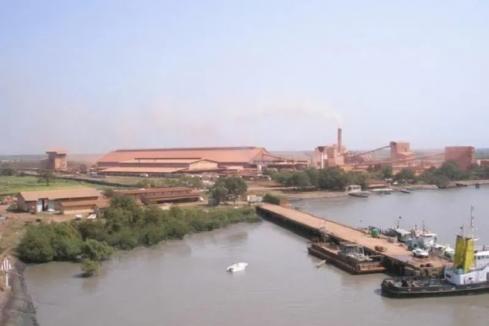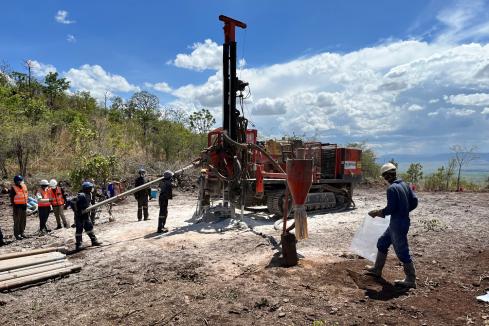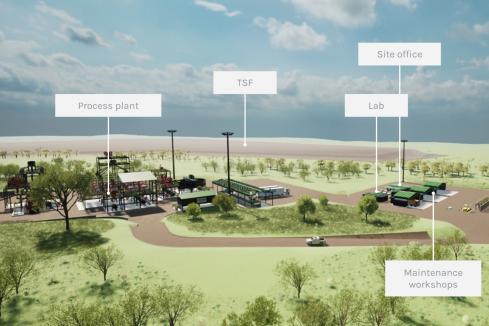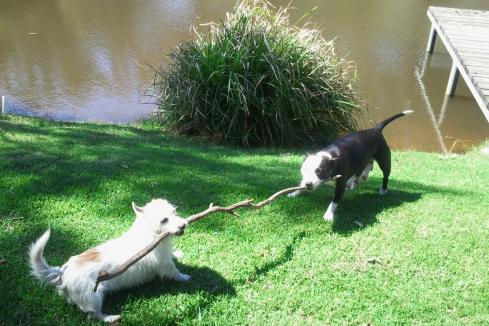Lindian Resources says the second phase of its depth-extension drill program at its promising Kangankunde rare earths project in Malawi is on track – and it has whetted the appetite of investors by flagging the return next week of more assay results from its phase-one work. The critical minerals company expects to release a maiden mineral resource estimate by the end of next month.

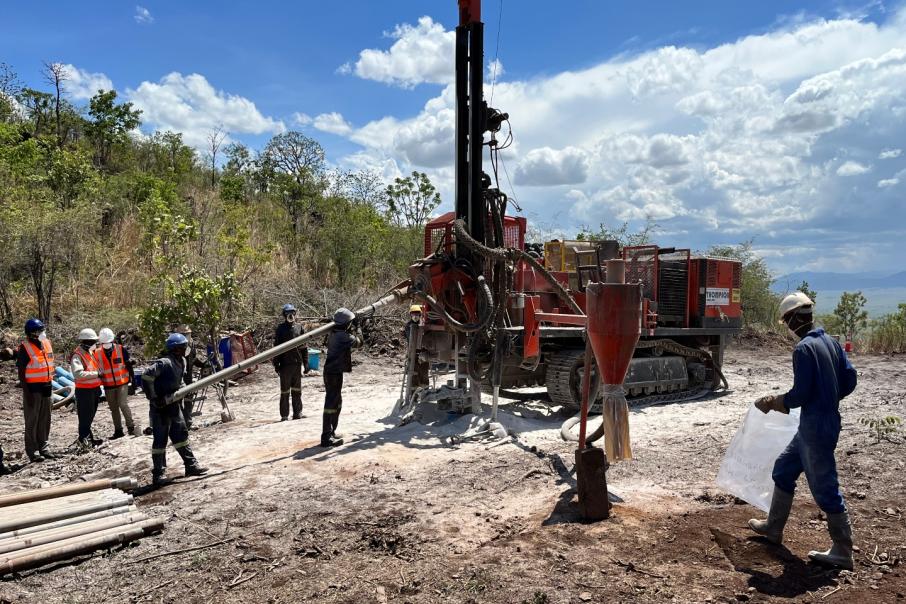
Lindian Resources says the second phase of its depth-extension drill program at its promising Kangankunde rare earths project in Malawi is on track – and it has whetted the appetite of investors by flagging the return next week of more assay results from its phase-one work.
The company’s first diamond-core drill hole from phase two has been completed to a depth of about 980m and samples have been prepared for assays from the initial 380m. The second hole has been drilled north-to-south down the long axis of the mineralised system to about 110m and is expected to be completed within three weeks.
Results from 33 holes of the first phase of the program are pending and Lindian says more results will be released next week. They will be eagerly-awaited following a swag of outstanding assay tests delivered by the WA-based and African-focused critical minerals developer just a couple of weeks ago.
Those assay results came from 16 holes and all boasted extensive high-grade rare earths non-radioactive mineralisation, ending in grades reaching an impressive 14.9 per cent total rare earths oxides (TREO).
After Lindian completed the first phase of its 14,000m resource definition drill-out, it quickly followed up with its second-phase program designed to test for major rare earths extensions at depth and also to evaluate the mixed breccia mineralisation around the central carbonatite. Management describes the project’s potential as “highly encouraging”.
Lindian Resources chief executive officer Alistair Stephens said: “The objective of the Phase 2 program is to determine how far Kangankunde’s mineralisation extends at depth, something we are yet to determine. Our maiden Mineral Resource Estimate, due at the end of this quarter, will be based on the Phase 1 10,000m Reverse Circulation program which drilled to depths of about 320 metres with all holes ending in mineralisation. Phase 2 results will form the basis for an exploration target, below the resource.”
The company says the textual features of its first diamond-core drill hole in phase two were consistent with the surface rare earths mineralisation that was confirmed by the first-phase program and was observed all the way to end-of-hole.
Rare earths at Kangankunde, said to constitute one of the biggest rare earths operations outside China, are hosted in a carbonatite intrusion, with the central mineralised carbonatite stretching to about 650 metre long and 400 metres wide.
The outer perimeter of the carbonatite comprises a breccia zone with a mixed host-rock and mineralised carbonatite, in addition to being mineralised with rare earths. The zone is between 50m and 300m wide around the central carbonatite zone.
Lindian also declared a strengthening cash balance, with its conversion in May of almost 11.5 million share options generating more than $2.8 million, together with a share placement in March that raised $9 million. It says that means it is “exceptionally well placed” to continue funding its development activities at Kangankunde.
Besides the Malawi operation, Lindian also has bauxite projects in Tanzania and Guinea. Just last week, it announced a six-year agreement with shipping firm C&D Logistics that will see it supply 23 million wet metric tonnes of bauxite, which produces aluminium, from its Gaoual project in Guinea. The contract kicks off in 2025.
Is your ASX-listed company doing something interesting? Contact: matt.birney@businessnews.com.au






